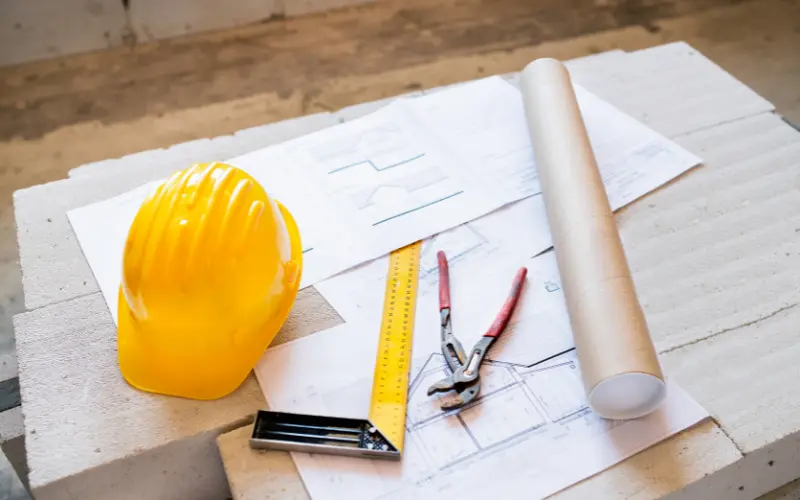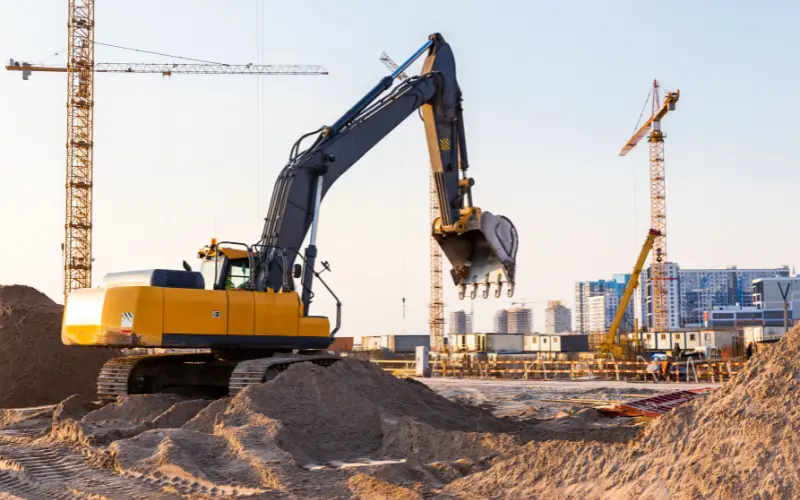There are several steps in the process of construction site preparation. Here is a brief overview of what they are and what each step includes.
Step 1 - Observation and Evaluation
The construction site needs to be fully identified before any work can begin. This is done through a closer look at the site. This may include confirming the size, evaluating the orientation, and the slope. This is also when all local building codes and regulations are reviewed to determine how they may impact the project.
Step 2 - Soil Testing
The composition of the soil, its properties, and its condition are investigated by a geotechnical crew. This is done to determine if the soil is strong enough to hold whatever is being built upon it. The footing system required for the project will be designed to meet the needs following the soil testing. If the soil is deemed unsuitable for the project, another site is required.
Step 3 -Demolition
If there are existing structures on the construction site that are not intended to be part of the new project, they have to be torn down and removed. This requires careful monitoring to prevent damage to neighbouring structures and proper disposal of debris and any hazardous materials found in the demolished structures.
Step 4 - Underground Mapping
If the construction site is located in an urban area, chances are that there is utility infrastructure underground. To prevent cables or pipes from being damaged during construction, all utilities need to be located and their locations carefully marked and mapped. Depending on the utility, the building plans may need to be altered to accommodate the infrastructure.
Step 5 - Site Survey
An engineering survey is then conducted on the construction site. This helps to properly identify property lines and calculate the total land area. It also determines the topography of the site and helps with the exact locations for drainage and other features to be included in the project. The final site design plan provides all the data required for the project to begin.
Step 6 - Site Clearing
This is the final step before construction can start. Site clearing involves the removal of trees, underbrush, underground trees, rocks, and any other obstacles. All of these things are removed to a distance of about three metres from the building zone. This permits proper and safe, access to all sections of the construction zone for workers and equipment.
Step 7 - Excavation and Earthwork
Two different types of excavation take place during this step. First is bulk excavation. This is where a level area is cleared for the new build. The second part of this step is detailed footing excavation. This is where the ground has to be free of mud, tree roots, and loose earth. If the site has a slope to it, then it needs to be leveled with material from another part of the site.
Step 8 - Termite Risk
Termites are a real problem on any new construction site. They have a huge appetite for timber, wood products, and anything that has cellulose in it. Because they will feed on these things, termites can find access to their food choices through cracks in concrete, and cavities in walls or floors. Not all sites require this step as it depends on local regulations.
When your construction team gets to this point, the building project can begin as the site preparation process is now complete.

Need To Hire Equipment For Civil Construction In Brisbane? Call E4H.
E4H is Equipment For Hire. They can help you with earthmoving excavators, rollers and dual function water tippers required for road construction or landscaping in Brisbane. Contact E4H today for more information on the equipment they have for hire.
Conclusion
Before a project can begin, the construction site needs to be prepared. The site preparation process includes several steps that deal with various aspects of the preparation process. They are necessary to properly get the site in a state that is ideal for building a road, building, or other structure. Plus, with a construction site prepared for building, it helps speed up the work removing any delays that could develop if the site was not prepared ahead of time. Site preparation also makes the project safer for all involved by removing any possible risk of accidents related to the construction site before building.



